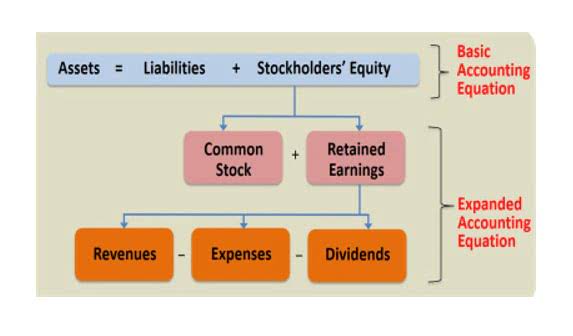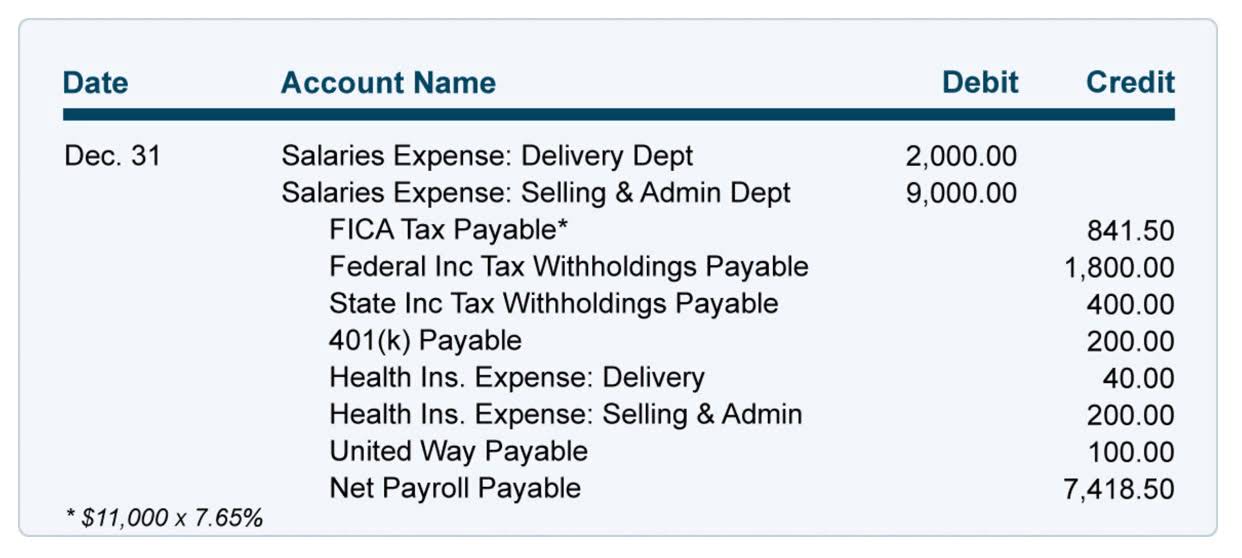
You’ll need to demonstrate your knowledge of payroll taxes and information returns. The question stem is the part of the question that asks you to do something. Keep in mind that you can take the three parts in any order and on your own schedule.
- Additionally, candidates can refer to IRS publications, the Internal Revenue Code, and other relevant tax resources to enhance their understanding of tax law and its application.
- In answering questions, candidates should not take into account any legislation or court decisions in effect after Dec. 31, 2024.
- All labels must be removed, and the container will be inspected for notes or other prohibited test aids.
- No matter what the Enrolled Agent exam pass rates are, you must do your best and take certain steps in order to pass.
- Please be aware, the privacy policy may differ on the third-party website.
Enrolled Agent Exam Pass Rates: How to Beat the EA Pass Rate
Each part of the exam consists of 100 multiple choice questions and lasts for a duration of 3.5 hours. To successfully pass, a minimum score of 105 is required on each part of the exam. Achieving passing scores on all three parts is a prerequisite for becoming an enrolled agent. If you don’t pass a section, you’ll receive your exact score and a diagnostic report showing your performance trial balance in specific areas. This feedback can help you focus on areas you need improvement before retaking the exam. You are allowed up to four retakes per section during the testing window (May 1 to February 28).
Why does Part 1 have the lowest Enrolled Agent pass rate?
The IRS has a list of approved CE Providers, some of whom provide SEE test preparation courses. The IRS does not make recommendations as to any specific provider. By definition, an enrolled agent (EA) is a tax professional who has achieved enrolled agent exam passing score the highest credential the Internal Revenue Service offers.
What Is the Current Enrolled Agent Exam Pass Rate?
After completing the first question, consisting of 50 questions, you’ll be prompted to take a 15 minute break. You’ll be able to leave the testing room and access your locker, the restroom, etc. However, you will not be able to access the questions from section one after returning from break. Passing the EA Exam is the biggest obstacle to becoming an Enrolled Agent, but it’s certainly not impossible. This is a comprehensive test where candidates prove their readiness to represent all types of clients in their tax issues.
- This part covers topics such as income, deductions, credits, and tax calculations.
- The Fast Forward Academy pass rate for Enrolled Agent users is unknown.
- The candidate will need to remove the lid/cap for visual inspection by the Test Center staff.
- If you fail a section, please allow 24 hours before scheduling a retake.
- But the challenge probably has more to do with candidate preparation than exam part difficulty.
- Want to know what passing means or what happens if you don’t pass on the first try?
Please allow 60 days for processing ( days if you are a former IRS employee). You may electronically apply for enrollment and make secure payment of the $140 enrollment fee at Pay.gov. Water is allowed in the testing room but it must be in a clear or transparent container with a lid or cap. All labels must be removed, and the container will be inspected for notes or other prohibited test aids.
- For more information on using diagnostic reports effectively, check out our blog on How to Prepare for the Enrolled Agent Exam Retake.
- You are not allowed to access notes, books, reference materials, or electronic devices at any time during the examination or during breaks.
- And really, these pass rates are almost unheard of among other accounting credential exams.
- They’re included so that the IRS can figure out whether or not they’re good enough to include as real questions on future EA exams.
- The IRS does not make recommendations as to any specific provider.
How the Enrolled Agent Exam Is Scored: Scaled Scoring Explained
Therefore, a number of candidates are forced to take the exam without sufficient preparation. One obvious reason is the overlap of the testing window’s beginning and end with the tax busy season. So, my theory for May’s pass rate slump is that tax preparers are burned out and lack the energy needed to do better on the EA exam. The testing center that administers the exam, Prometric, advises against drawing this conclusion because significant discrepancies in candidate populations exist.

For example, Prometric releases the EA pass rates several times a year. With each release, Prometric explains that not all candidates take all three EA exam parts. Consequently, there are big differences between the candidate populations for each exam part. To pass the EA exam, you need to answer a specific number of questions correctly. The exact number of questions needed to pass may vary depending on the specific exam and the scoring criteria in place.
Study for Enrolled Agent Exam: Tips and Strategies to Prepare Efficiently

The table below provides the pass rate in a yearly window for each part of the exam since 2020, where the pass rate average is slowly increasing as people become more familiar with the exam. Circular 230, current and prior year versions of IRS publications, forms and instructions are accessible online at IRS.gov. The IRS has a list of approved CE providers, some of whom provide SEE test preparation courses. The Enrolled Agent exam, How to Run Payroll for Restaurants officially called the Special Enrollment Exam (SEE), is a three-part, computer-based test covering various tax-related topics.
Conclusions about the Part 3 pass rate for the Enrolled Agent exam
Selecting the right study resources is pivotal for your success on the EA exam. It’s crucial to plan your exam schedule meticulously to ensure you complete all sections within the allocated time. Efficient time management during the exam ensures coverage of all questions without compromising accuracy. Here are some questions that current and future Enrolled Agents have asked.

There is a $181.94 fee per part paid at the time of appointment scheduling. This part tests your knowledge of Circular 230 rules, IRS practice and procedure, and ethics. This part covers topics like filing status, dependents, gross income, adjustments to income, itemized deductions, and tax credits. You’ll also be tested on your knowledge of self-employment taxes and retirement plans.



